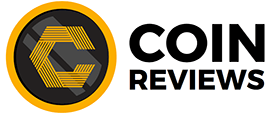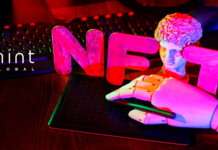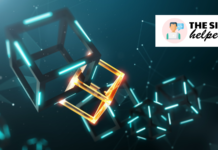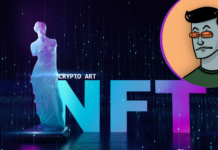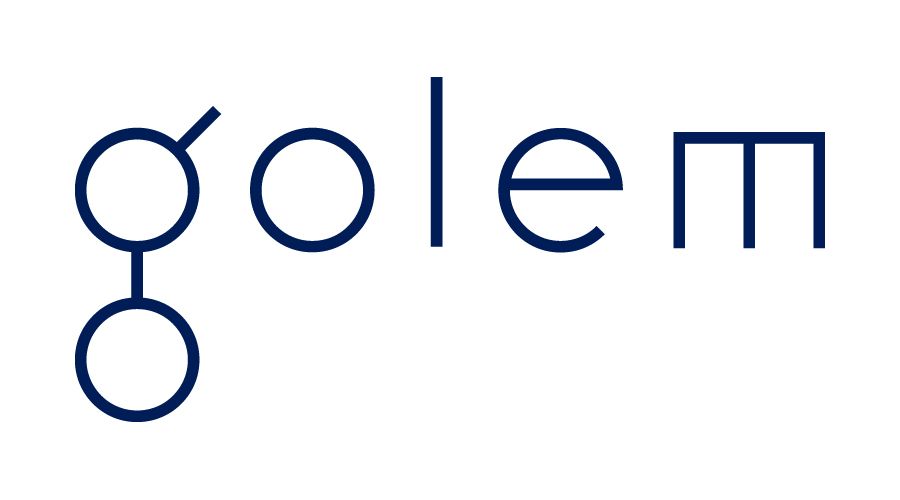
If you’ve been in cryptocurrency circles for a while now, there’s a decent chance you’ve heard of Golem before. It came to light in the early days of the ICO boom as one of the Ethereum-platform’s most promising-looking projects. But then, as deadlines got missed and other projects rose to the fore, it faded from the spotlight.
But now it’s back, with the beta launch of its first real, mainnet project. So if you haven’t heard of Golem – or haven’t thought about it in a while – this is the perfect moment to give it a second look.
Golem 101
Essentially, Golem aims to offer purchasable, distributed computing power by taking advantage of the idle CPUs of network users.
The first stage of this service – Brass Golem – is what the company just launched, and it’s focused on distributed CGI rendering power, specifically for use with 3D modeling program Blender and rendering engine LuxRenderer.
Let’s say, for example, that you’ve created a complex animated scene in Blender and you want to render it out in full resolution. That process can be incredibly processing-intensive, and it could take hours, days, or even weeks on your personal computer, depending in your system and the length and complexity of the scene you built. What happens if you need it more quickly?
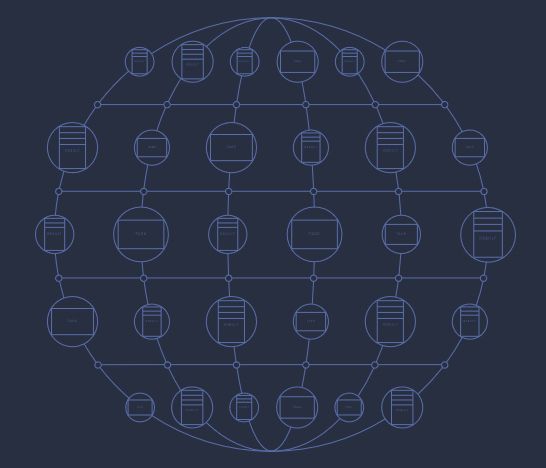
Well, you could outsource the rendering to a dedicated rendering farm, but that’s likely to be expensive, and there could be a significant delay between when you start looking for providers and when your file actually starts getting rendered.
Golem’s alternative: use the Golem software to “rent” the processing power of other users on the Golem network. You can select the maximum amount of time you’re willing to wait, and the number of subtasks you’d like the network to break your render down into. You then set the price you’re willing to pay in an hourly rate of Golem’s GNT token. A lower rate will get you cheaper (but slower) renders, and a higher rate will buy you correspondingly faster returns.
The other side of that coin is that if you’ve got a computer that’s just sitting there, you can monetize it by selling some of your CPU power on the Golem network.
As of right now, Blender renders are the only real-life application for the Golem network, but there’s plenty more in the works. In the long run, the Golem team plans to offer support for all sorts of tasks that could be improved by access to distributed computing power. Machine learning, which often requires running a system through thousands or millions of iterations while it slowly teaches itself a task, is a target that Golem has specifically identified for future support. But there are all kinds of other applications including scientific computing, other computer science uses, and the support for other 3D rendering programs in the visual arts and visual effects world (Blender is just one among many 3D modeling programs).
GNT, the Golem Token
You buy and sell computing power on Golem with GNT, an ERC20 token. That’s the part of Golem that uses blockchain; the actual rendering requests, file transfers, returns, etc. take place via the regular old internet, but GNT transactions themselves happen via blockchain so that there’s no need for either party to fear a breach of contract, failure to pay, or any of the other issues that plague traditional, trust-reliant commerce.
GNT was pre-mined, and there are a total of 1 billion GNT tokens in existence, although currently there are just over 830 million in circulation. GNT can be traded on quite a few cryptocurrency exchanges, but it’s worth pointing out that the Golem team intends for GNT to be used purely as the payment system for the Golem network, and has not partnered with particular exchanges or attempted to boost speculative investment.
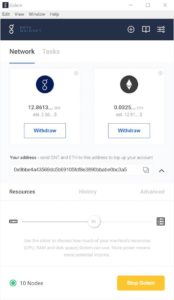
A Future For Golem
There’s no denying that Golem’s core concept is cool, and that there’s a market for the kind of services it’s aiming to provide. Hype for the project soured when Brass Golem, the first usable version of Golem’s product, missed the initial May 2017 launch target that the developers set out for it. While the team always maintained that delays are likely, even inevitable, with this sort of bleeding-edge technology, some investors worried that it meant Golem couldn’t really deliver on its promise.
But this week, the Golem team proved with the beta launch of Brass Golem that it can deliver, and that it does have a functional product. Early reviews suggest that usage is low – which is to be expected given that it just launched – but that Brass Golem is functional and has a pleasant and comprehensible UI.
Golem’s team must now move on from the challenge of getting their product launched – a step many blockchain projects never reach – to the challenge of helping the product thrive, which will mean making tweaks based on user feedback, watching how the app and its economy respond to real-world use, and figuring out where to go next. It may have taken Golem a little longer than expected to get this far, but ‘this far’ is still farther than most crypto projects get, and the future for the company looks bright.

